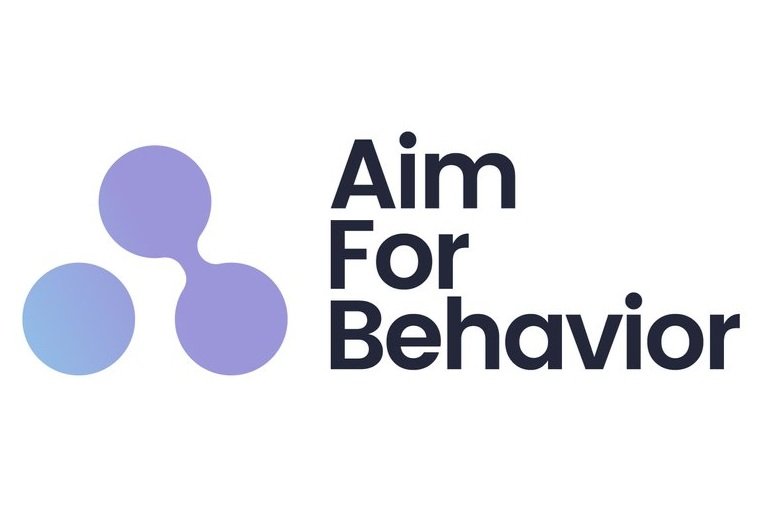Dark Patterns are not the objective of Behavioral Design!
Quite the opposite, we should be designing experiences to improve how people work and customers get their jobs done.
Though I shared this book earlier, I wanted to re-share it, as I saw something over the weekend in a video that sparked me to do so.
A very large social media personality gave marketing advice to a group of business people.
The piece of advice was to offer one-year subscriptions because "people will forget to cancel" - this is just not right and not advice someone with a huge reach should be advocating.
To perhaps understand a bit more about dark patterns and addiction by design, you can read the book by Natasha Dow Schüll.
It explores the science and psychology behind gambling addiction, with a particular focus on the role of technology and game design in promoting compulsive behavior.
Here are some take-aways I had shared from the book:
💡The book describes the way that electronic gambling machines are designed to keep players engaged for extended periods of time.
💡 Slot machines are not simply a form of entertainment, but rather a form of technology that is designed to exploit human psychology and behavior in order to generate revenue for the casino industry.
(I'd say that the refresh function on social media timelines is a kind of slot machine, as you continually "refresh" to get a reward)
💡The book focuses on the design of electronic slot machines, which are highly addictive due to their ability to create a "zone" or "flow" state in the player. This state is characterized by a loss of self-awareness and an intense focus on the game.
💡 Addiction is not simply a matter of personal choice or weakness, but rather a complex interaction between biology, environment, and social factors.
💡This includes the use of sensory cues such as flashing lights and sound effects, as well as the design of the machines themselves, which are often large and brightly colored in order to attract attention.
As I mentioned earlier, Behavioral Design should be used to improve and not harm, so here are 5 recommendations the Behavioural Insights team gives to reduce harm on gambling websites:
1. It should be as easy to close an account as it is to open one.
2. Customers should be kept informed of their account activity to reduce the risk of fraud.
3. Customers should be able to unsubscribe from marketing in one click and not be signed up for additional products or sister companies. (reduce sludge)
4. All gambling management tools should be easy to locate, evidence-
based, and without visibility of adverts.
5. Operators should be required to contribute to testing what works and publicly share their results.
Some of these recommendations can easily apply to many other areas.

